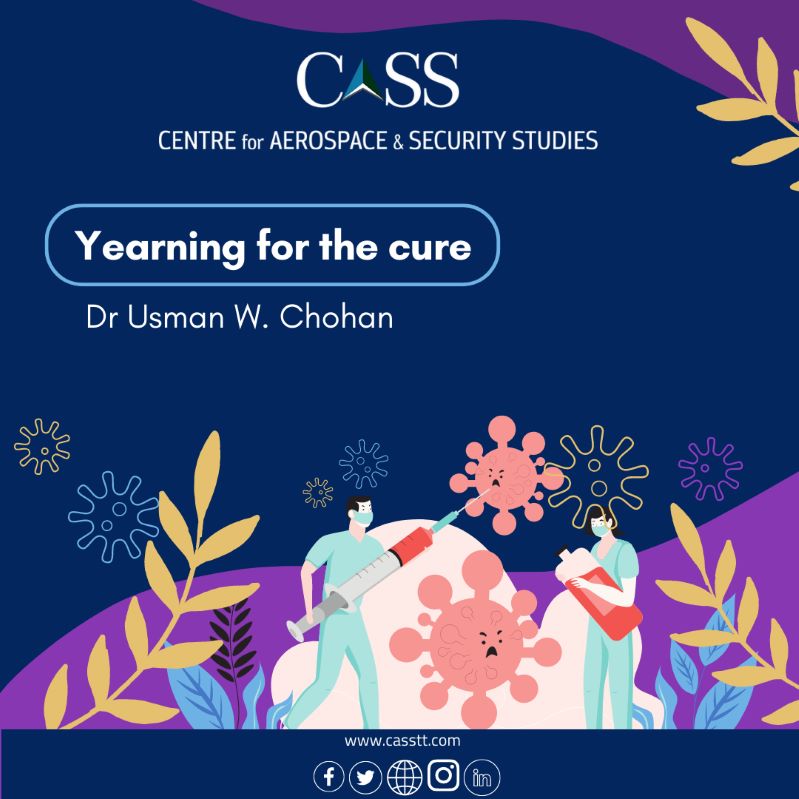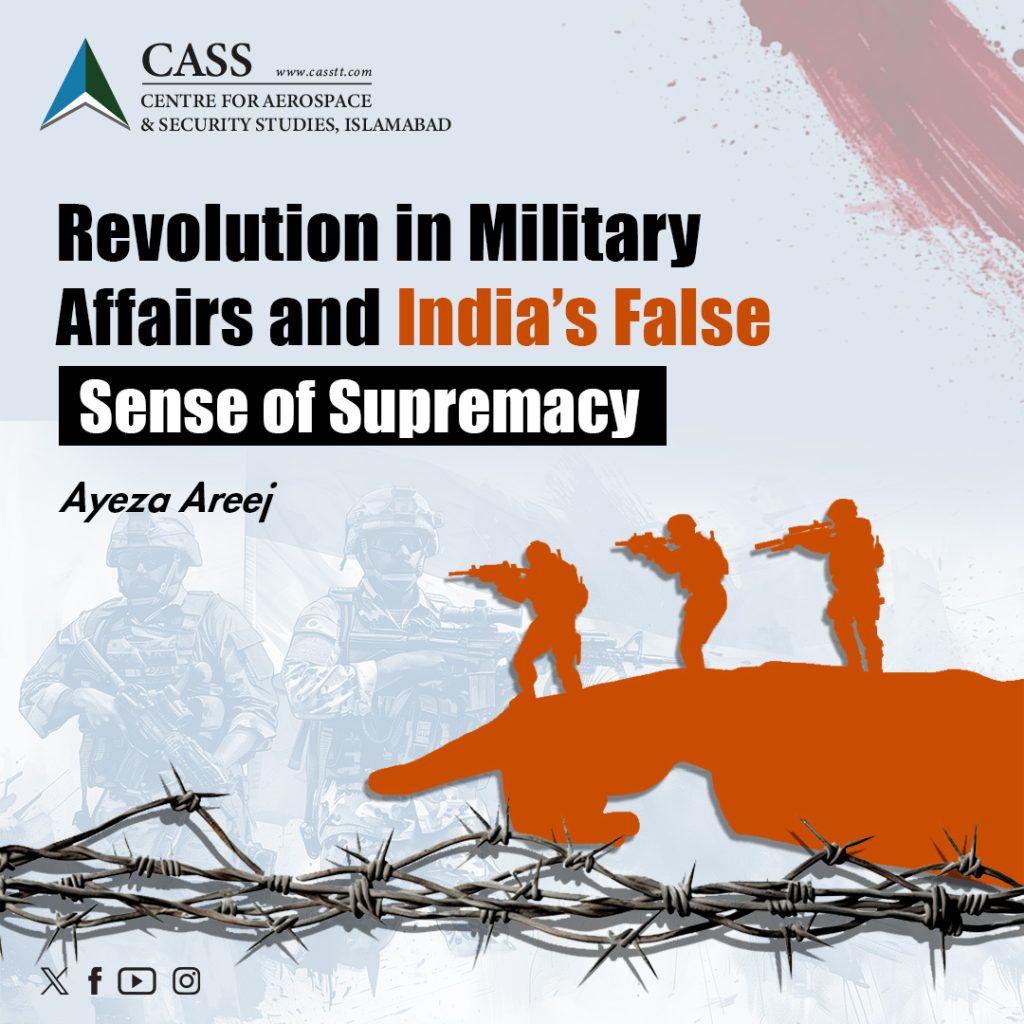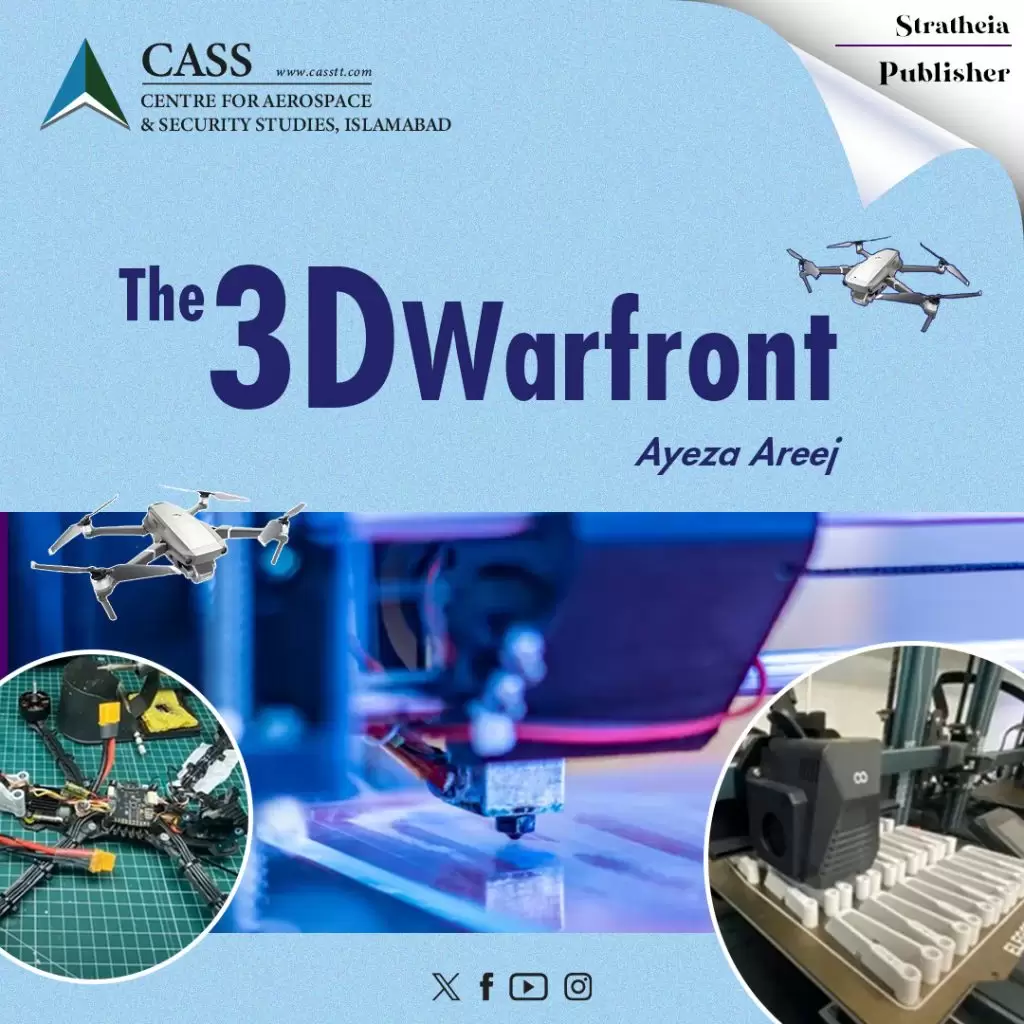As global efforts to discover a vaccine for coronavirus (Covid-19) continue at a feverish pace, much of the public now clutches at the expectation that a cure for the pandemic is on the horizon. Optimistic forecasts veer towards the deadline of 18-24 months, and the scope of the global effort towards vaccine discovery is indeed unprecedented.
According to the World Health Organization (WHO), there are more than 60 serious efforts currently underway, but other counts indicate that there are already at least 254 therapies and 95 vaccines related to Covid-19 that are being explored. One reason for early optimism lay in the observation that coronavirus patients were producing antibodies to neutralise the virus. Another reason lay in the comparatively quick genetic sequencing of Covid-19.
Yet it helps to draw a pause and assess what an ambitious deadline such as 18-24 months really signifies. The fastest vaccine to be clinically-trialled and released to the public was for mumps, which still took four years from the collection of viral samples to the licensing of a drug (1967). That was the absolute fastest effort, but there are more sombre cases as well.
For example, dengue was discovered in Nagasaki in 1943, but the vaccine for dengue was only available to the public as of last year, with a gap of 76 years in the interim. In another example, HIV was discovered in 1984 and has unleashed untold misery on the world, but despite much progress, a preventative or therapeutic vaccine remains unavailable. These two examples are indicative for a specific reason: HIV and dengue exhibit vaccine-induced enhancement, due to which the body reacts unexpectedly and makes the disease in fact more menacing for the patient.
In general, vaccines for major viruses have typically taken a decade or more. Varicella took 28 years, the Human Papillomavirus (HPV) took 15 years, and so did Rotavirus (15 years), before a working vaccine was developed. The process of clinical trials for vaccines is arduous and is based on three separate phases. For Covid-19, the first phase will only be due for completion in the autumn of 2020, or the spring of 2021, and perhaps even later.
In part, this is because there is a pressing need for safety checks at each phase of vaccine development, which invariably delays the process but certainly saves lives. As an example, during the SARS outbreak, which is virologically related to Covid-19, some preliminary vaccines actually worsened the disease in model experiments.
There are even more frightening precedents for rushed vaccines that had not been adequately tested. In the 1950’s, a defective batch of a polio vaccine was approved in a matter of hours, but it contained a still potent version of the polio virus itself. Since the approval had been made in a hurried manner, patients who received the vaccine sadly contracted polio itself, and this led to fatalities among some children as well.
For all of the research and development efforts directed towards coronavirus, it must be noted that in general fewer than 10 percent of drug trials are ultimately approved. A specific concern in the Covid-19 context is that there is no vaccine predecessor for any type of human coronavirus. Although SARS (2002) and MERS (2012) raised alarm bells initially, the SARS epidemic dissipated too quickly for a vaccine to be pursued through to clinical trials, and MERS caused too few cases for Big Pharma to take an interest in a vaccine.
Even if a Covid-19 vaccine does emerge comparatively rapidly, it isn’t clear how long a user’s immunity to coronavirus would last. Naturally, one would hope for the ideal of lifelong immunity, but the inference that can be made from other cold-causing coronaviruses is that immunity usually lasts for two years at most. By that indication, a Covid-19 vaccine would resemble a seasonal flu shot that is commonly administered in many countries.
But it may be a very costly flu shot. Depending on the type of vaccine, production costs may be exorbitant and beyond the reach of the world’s poorer societies. This might be the case with approaches such as DNA or RNA vaccines, which deal with the insertion of proteins and are based on greater complexity than traditional vaccine types.
Aside from production costs, there are distributional issues that have been raised in a recent CASS working paper that are predicated on international geo-economics and a mercantilist zero-sum attitude among global powers. At the root of that ill is a streak of irresponsible leadership in certain quarters, such as Washington, Brasilia, and New Delhi, which has created an international climate in which a globally-coordinated response seems but a pipe dream.
Worse still, the economic cost of the lockdowns instated around the world since early 2020, not least in developing countries, means that many nations are already reeling from fiscal shocks that will make an already elusive cure possibly entirely out of reach.
It is in that context that Pakistan’s leadership has led the charge in advocating for debt relief for the world. Although that appeal is finding adherents among government creditors (such as some G20 members), it is falling on deaf ears among large international private creditors, who may thus become abettors to yet greater world suffering than they have caused already.
In such circumstances, there is a great yearning for a cure to the coronavirus, but finding one so soon is asking a great deal from human scientific potential. This is not to say that an early discovery isn’t possible, but it would certainly be an exception to historical precedent in vaccine development. But the discovery is simply the beginning of a larger crisis of affordability, which may not just be a function of the underlying scientific process (e.g. an RNA vaccine’s complexity), but rather of mercantilist geo-economics and misanthropic leadership in several world capitals.
The realisation of such a despondent international situation, as well as the enormity of the scientific challenge, looms in the backdrop of several months of lockdown that is leading to another pandemic of mental health issues among confined publics. That said, the yearning for a cure need not occur in such dire circumstances, which are in fact the product of human actions and misanthropy rather than the wrath of pathogens. Were the international geoeconomic and geopolitical climate to be more cooperative and amenable, much of the suffering could be attenuated as well.
But the disease of coronavirus is compounded and magnified by more virulent conditions that are the greed, the fear, and the hate of men.
–The writer is the Director for Economics and National Affairs at the Centre for Aerospace and Security Studies (CASS). This article was first published in The Nation newspaper. He can be reached at [email protected]





